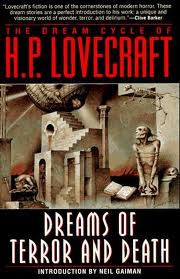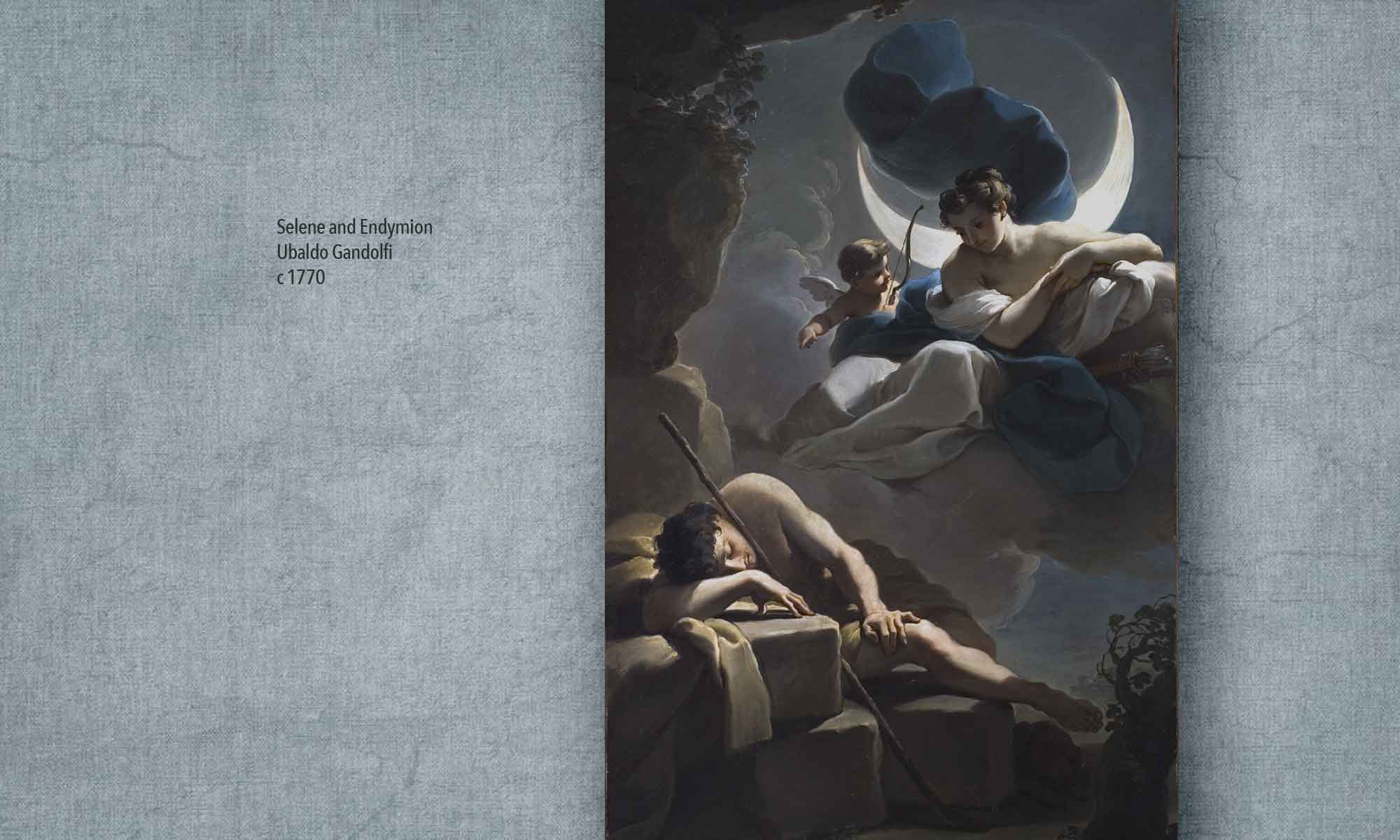 The American fantasy writer H.P. Lovecraft (1890-1937) wrote a series of interconnected short stories and novellas in which dreaming features as a frightening portal between the normal world of sanity and the unnamable horrors that lurk in every shadow.
The American fantasy writer H.P. Lovecraft (1890-1937) wrote a series of interconnected short stories and novellas in which dreaming features as a frightening portal between the normal world of sanity and the unnamable horrors that lurk in every shadow.
Dreams and nightmares are central themes in “The Dream-Quest of Unknown Kadath,” “Beyond the Wall of Sleep,” and “Hypnos,” among other Lovecraft tales.
Robert Bloch, an early protégé of Lovecraft’s and later an accomplished science fiction writer in his own right, said this in the introduction to The Best of H.P. Lovecraft (New York: Ballantine, 1963):
“The one theme incontrovertibly constant in both his life and his work is a preoccupation with dreams. From earliest childhood on, Lovecraft’s sleep ushered him into a world filled with vivid visions of alien and exotic landscapes that at times formed a background for terrifying nightmares….Gradually he built up a rationale for both reality and dreams, nothing less than a history of the entire universe.” (6-7)
I’ve never made a detailed study of Lovecraft, beyond just reading and re-reading his stories for entertainment. I wonder if there are any Lovecraftian dreamer-scholars out there who have more to say about this.
